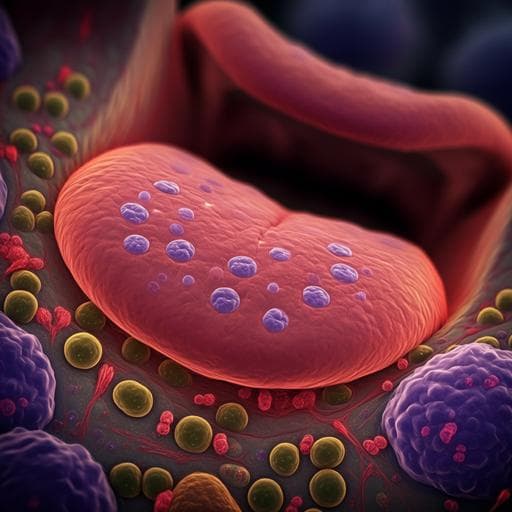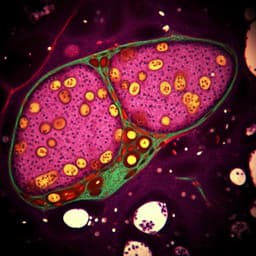
Medicine and Health
High expression of ACE2 receptor of 2019-nCoV on the epithelial cells of oral mucosa
H. Xu, L. Zhong, et al.
This groundbreaking study explores the role of oral mucosa in the 2019-nCoV infection pathway, highlighting the significant expression of ACE2 in tongue epithelial cells. Conducted by esteemed researchers Hao Xu, Liang Zhong, Jiaxion Deng, Jiakuan Peng, Hongxia Dan, Xin Zeng, Taiwen Li, and Qianming Chen, the findings suggest that the oral cavity may be a critical area for infection risk.
~3 min • Beginner • English
Related Publications
Explore these studies to deepen your understanding of the subject.







